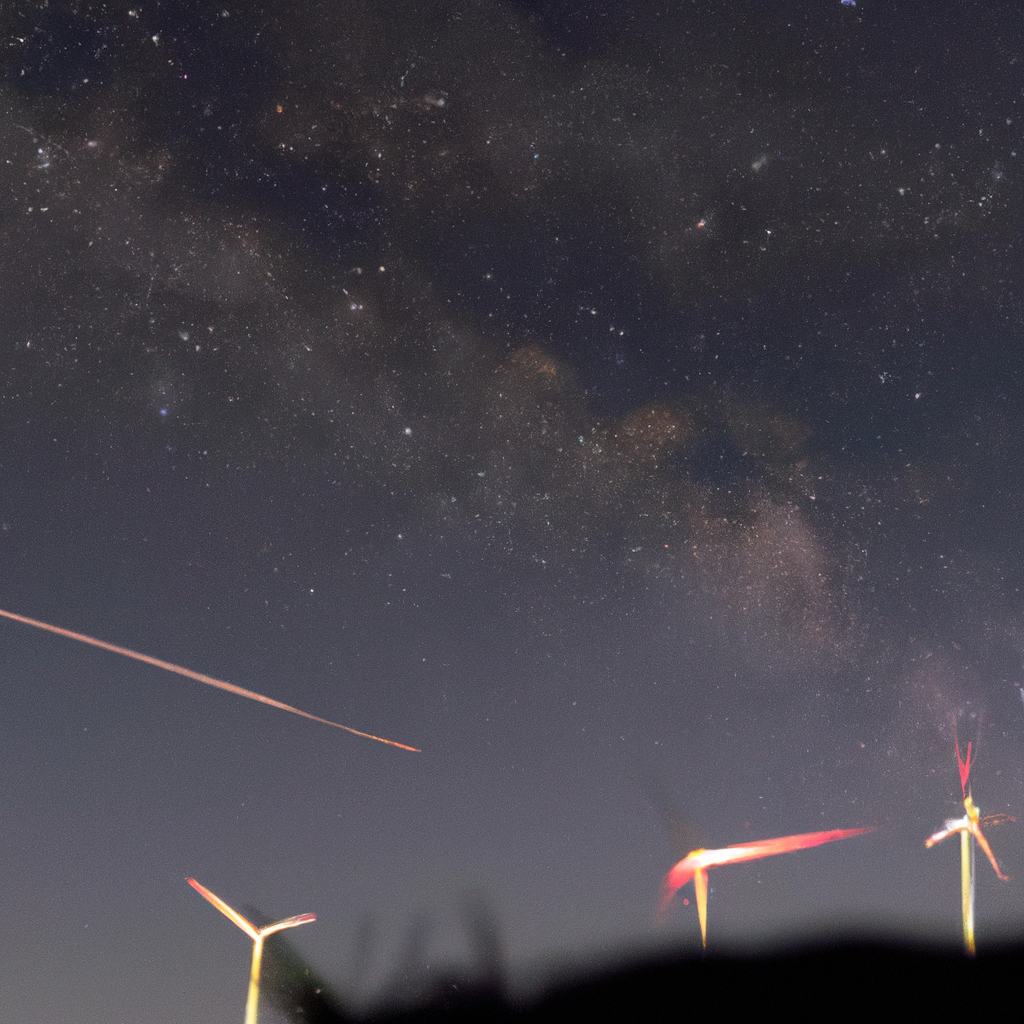Night sky photography, also known as astrophotography, is a fascinating genre of photography that captures the beauty of the night sky. With the right techniques and camera settings, you can capture stunning images of the Milky Way, shooting stars, and other celestial objects. In this article, we will explore the techniques of night sky photography and provide tips for capturing stunning photographs in low light conditions.
Camera Settings:
The first step in night sky photography is to set up your camera correctly. Here are some recommended camera settings for capturing the night sky:
1. Manual Mode: Switch your camera to manual mode to have full control over the camera settings.
2. Aperture: Set your aperture as wide as possible to allow more light to enter the camera lens. The recommended aperture is f/2.8 or lower.
3. ISO: Set your ISO to a high value to capture more light. The recommended ISO is 1600 or higher.
4. Shutter Speed: Set your shutter speed between 15 to 30 seconds to capture more light. However, if you notice any star trails, you can reduce the shutter speed to 10 seconds or lower.
5. White Balance: Set your white balance to tungsten or a custom white balance to get the right colors in your images.
6. RAW Format: Shoot in RAW format to have more control over the final image during post-processing.
7. Manual Focus: Set your lens to manual focus mode and focus on the stars manually using the live view mode.
Milky Way Photography:
The Milky Way is one of the most popular subjects in night sky photography. Here are some tips for capturing stunning Milky Way images:
1. Location: Choose a location with low light pollution and clear skies to capture the Milky Way.
2. Composition: Plan your composition in advance and include interesting foreground elements to make your images more appealing.
3. Timing: Wait for the right time to capture the Milky Way when it is at its brightest. The best time to shoot is during the new moon phase.
4. Exposure: Use a long exposure to capture the Milky Way. Try different exposure times ranging from 15 to 30 seconds to get the perfect exposure.
Shooting Stars:
Shooting stars, also known as meteor showers, are another popular subject in night sky photography. Here are some tips for capturing shooting stars:
1. Timing: Check the meteor shower calendar and plan your shoot accordingly. The best time to shoot is during the peak of the meteor shower.
2. Location: Choose a location with clear skies and no light pollution to capture the shooting stars.
3. Composition: Plan your composition in advance and include interesting foreground elements to make your images more appealing.
4. Exposure: Use a long exposure to capture the shooting stars. Try different exposure times ranging from 15 to 30 seconds to get the perfect exposure.
Long Exposure:
Long exposure is a technique that allows you to capture more light and create stunning images in low light conditions. Here are some tips for using long exposure in night sky photography:
1. Tripod: Use a tripod to keep your camera steady during long exposures.
2. Remote Shutter Release: Use a remote shutter release to prevent camera shake and ensure sharp images.
3. Bulb Mode: Use the bulb mode to take exposures longer than 30 seconds.
4. Stacking: Try stacking multiple exposures to reduce noise and create a cleaner image.
Conclusion:
Night sky photography is a challenging but rewarding genre of photography. With the right techniques and camera settings, you can capture stunning images of the Milky Way, shooting stars, and other celestial objects. Remember to plan your shoot in advance, choose the right location, and experiment with different camera settings to get the perfect shot. Happy shooting!







